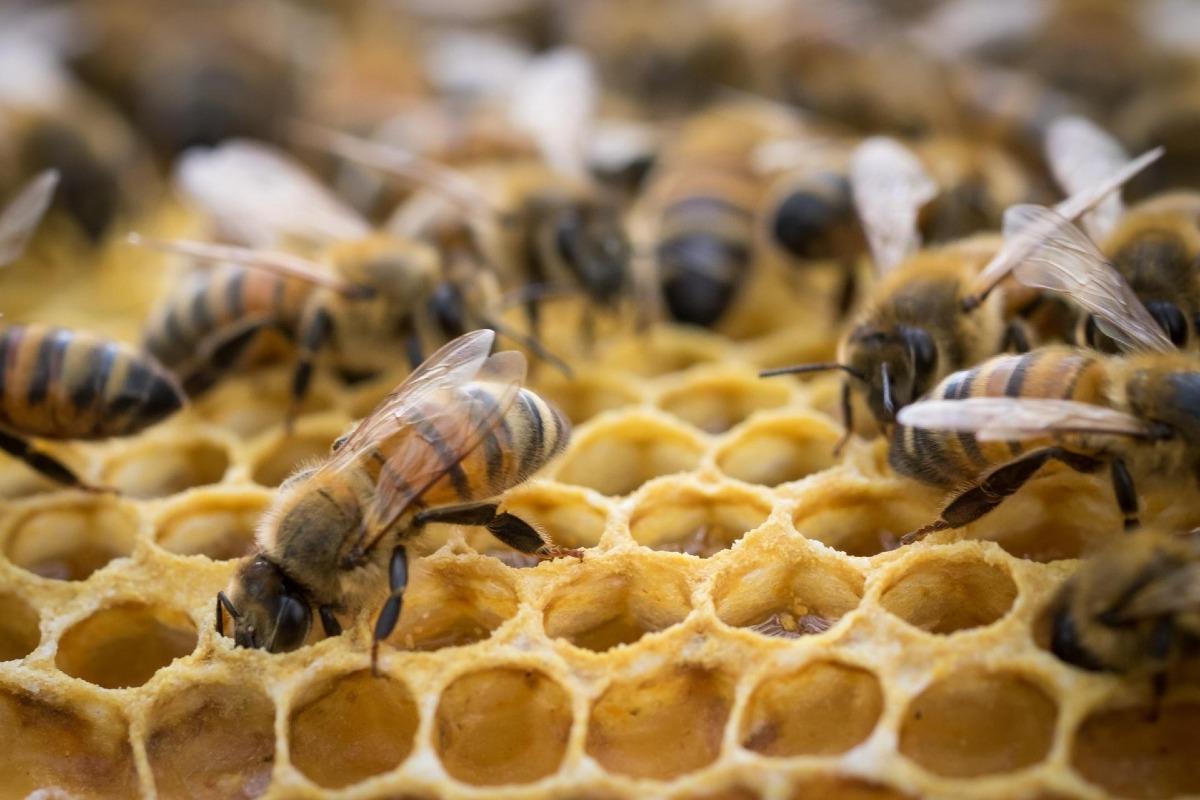Bees are often misunderstood creatures, surrounded by myths and misconceptions that can cloud our understanding of their behavior. As crucial pollinators, they play a vital role in our ecosystem. In this article, we will explore some common myths about bee behavior, separate fact from fiction, and shed light on the true nature of these fascinating insects.
Bees Are Aggressive by Nature
One of the most widespread myths about bees is that they are inherently aggressive. This misconception often stems from the fear of being stung. In reality, bees are generally not aggressive unless they feel threatened. Most species, like honeybees, will only sting in self-defense or to protect their hive. Their primary focus is on collecting nectar and pollen rather than engaging in conflict.
Bees’ Aggression is Mostly Defensive
Bees are equipped with a stinger primarily for defense rather than aggression. When a bee feels that its hive or colony is in danger, it may sting to protect its home and queen. For the majority of their lives, bees are focused on gathering food and tending to their hive, not on stinging humans or animals. This defensive behavior is a critical aspect of their survival strategy.
All Bees Produce Honey
Another common myth is that all bees produce honey. While it is true that honeybees produce honey, not all bee species do. The production of honey is specific to honeybees and a few other types of bees, such as some species of stingless bees. Many bee species, like bumblebees, do not produce honey. Instead, they collect nectar primarily for their own consumption and to feed their young.
Honey Production is Unique to Certain Bee Species
Honey production is a specialized trait found mainly in honeybees. These bees have evolved intricate methods for making honey, which involves converting nectar into a sweet substance through enzymatic processes. Other bees may collect nectar, but they do not have the same mechanisms or behaviors associated with honey production. Understanding this distinction helps clarify why not all bees are involved in making honey.
Bees Will Die After Stinging
It is a common belief that bees die after stinging. This is true for honeybees, as their stingers are barbed and become lodged in the skin of their target. When the bee tries to fly away, the stinger and associated venom sac are torn from its body, leading to the bee’s death. However, this is not the case for all bees. Many species, such as bumblebees and solitary bees, have smooth stingers and can sting multiple times without dying.
The Fate of Bees After Stinging Varies
The outcome after a bee stings largely depends on the species. Honeybees, with their barbed stingers, experience a fatal outcome after stinging. In contrast, bumblebees and other bee species have smooth stingers that do not get lodged in the skin, allowing them to sting repeatedly if necessary. This variability in stinging mechanisms reflects the diverse adaptations and behaviors among different bee species.
Bees Only Visit Flowers for Nectar
While bees are well known for their role in pollination and nectar collection, they do not solely visit flowers for nectar. Bees also visit flowers to collect pollen, which is a crucial protein source for their brood. Pollen collection is essential for the development of bee larvae, and it plays a significant role in the overall health of the colony.
Pollen Collection is Essential for Bee Colonies
Bees visit flowers to gather both nectar and pollen. Nectar serves as an energy source, while pollen provides the necessary proteins and nutrients for larvae development. This dual-purpose foraging behavior ensures the survival and growth of the colony. Understanding the importance of both nectar and pollen helps highlight the critical role bees play in the environment.
Bees Can Only Live in Hives
Another misconception is that bees can only live in hives. While honeybees do live in hives, other bee species have different living arrangements. For example, many solitary bees create nests in the ground or in pre-existing cavities, and they do not form large colonies. Bumblebees, on the other hand, build their nests in the ground or in abandoned rodent burrows.
Bee Habitats Vary Widely
Bees exhibit a diverse range of nesting behaviors. Honeybees live in organized colonies within hives, while solitary bees create individual nests, often in soil or wood. Bumblebees may nest in a variety of locations, including underground or in abandoned burrows. This variety in nesting habits reflects the adaptability and diversity of bee species.
Bee Behavior and Human Interactions
Understanding bee behavior is crucial, especially when dealing with issues like bee removal. If you encounter a beehive in or near your home, it’s important to seek professional help to ensure both your safety and the well-being of the bees. For instance, a reputable bee removal service in Los Angeles can provide effective solutions that prioritize the safe relocation of bees rather than extermination.
Summary
Debunking myths about bee behavior helps us appreciate these vital pollinators better. Bees are complex creatures with varied behaviors, adaptations, and roles within their ecosystems. By separating fact from fiction, we gain a deeper understanding of their importance and the best practices for coexisting with them. If you need assistance with bee-related issues, remember to consult professionals who can offer safe and humane solutions.










